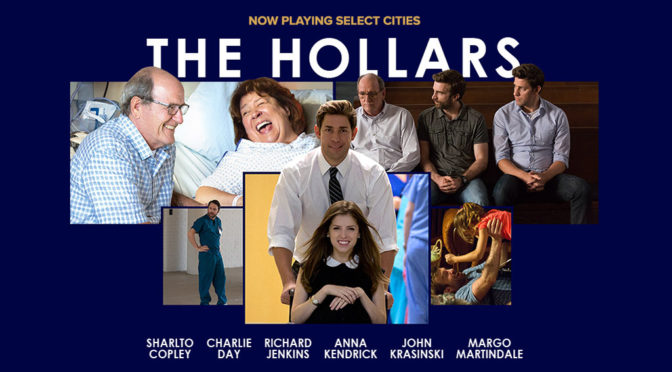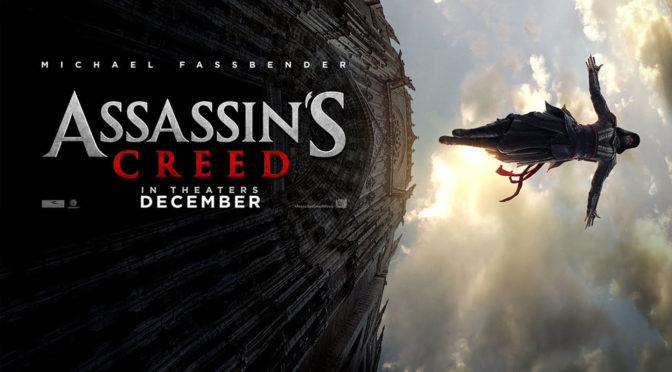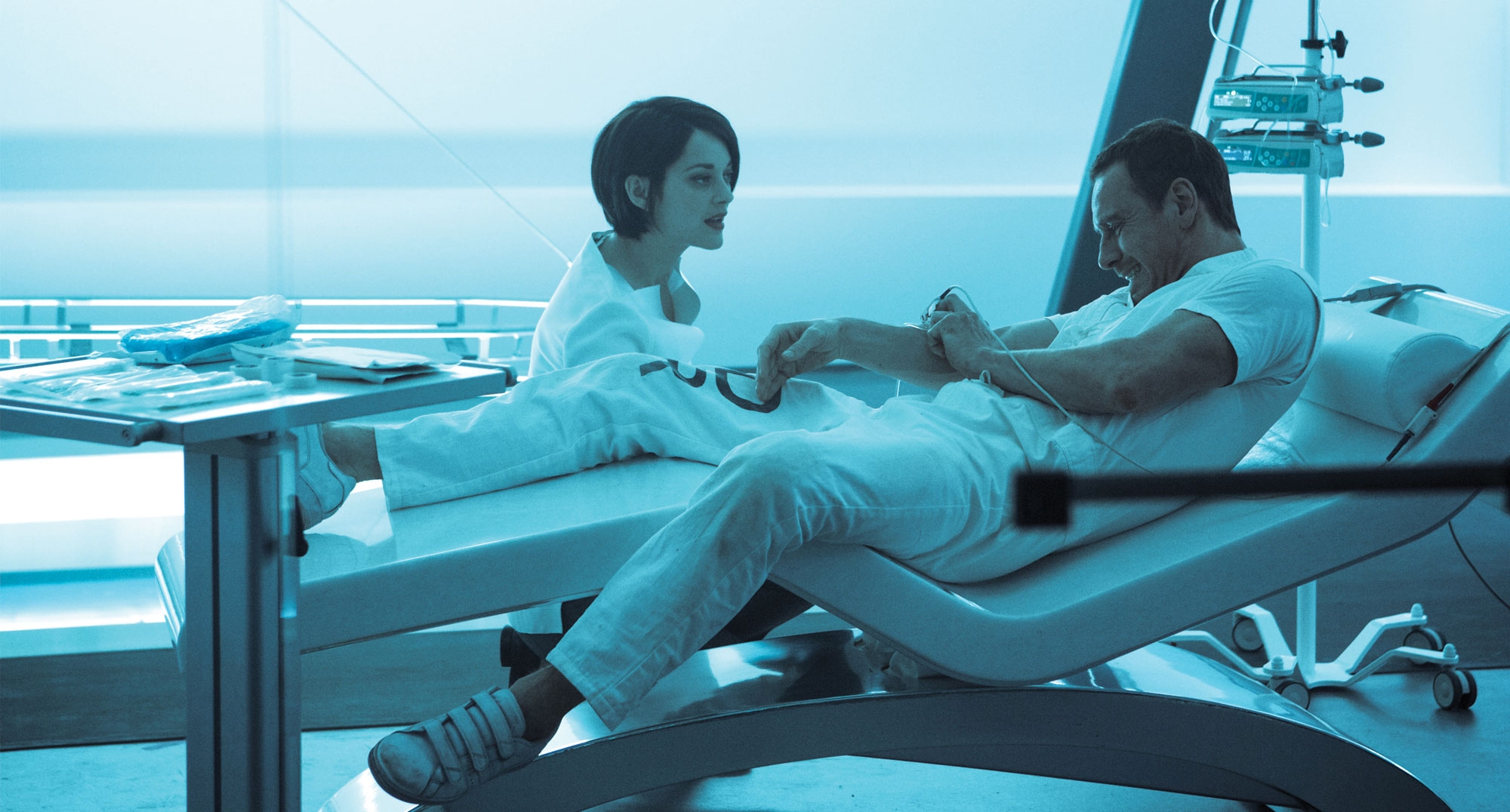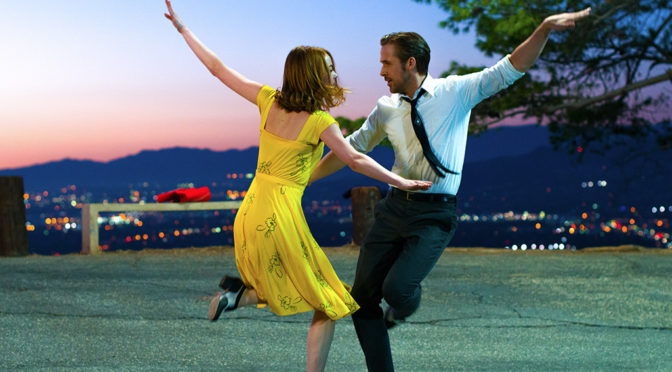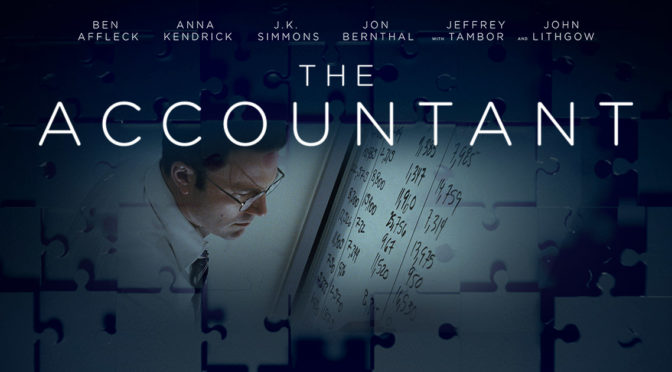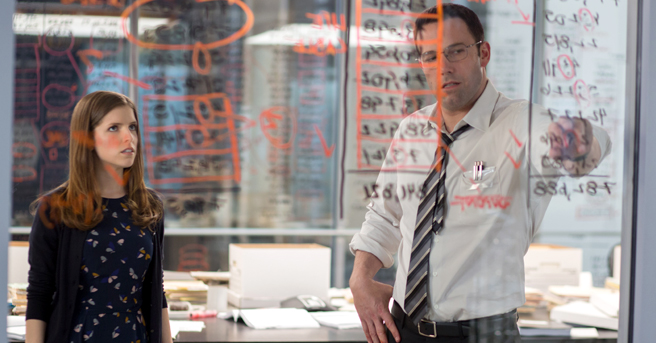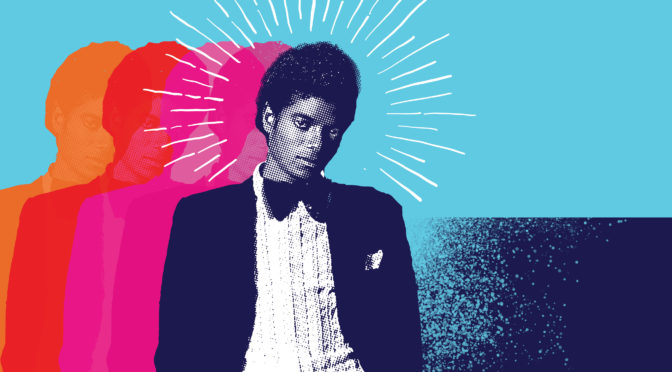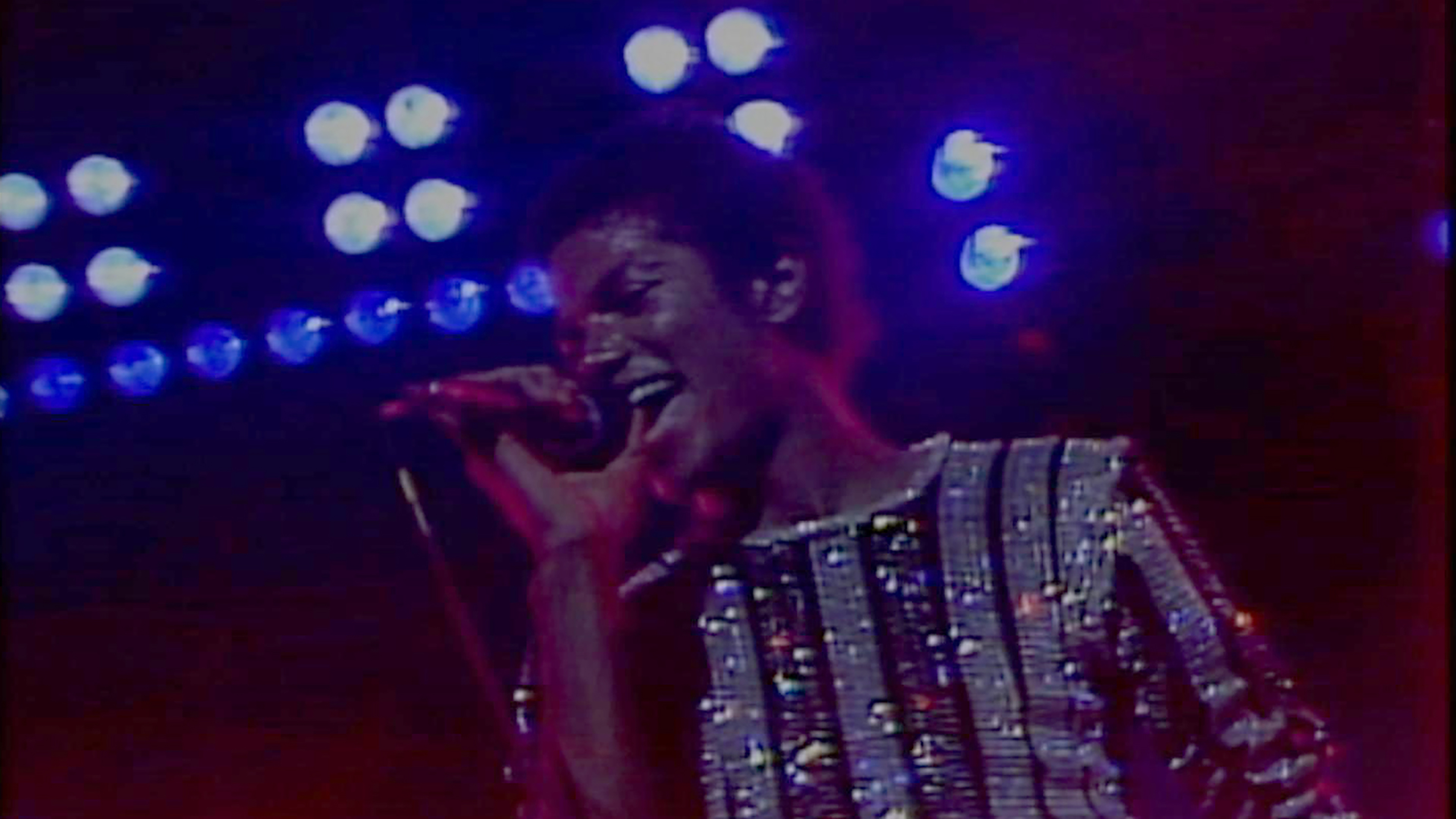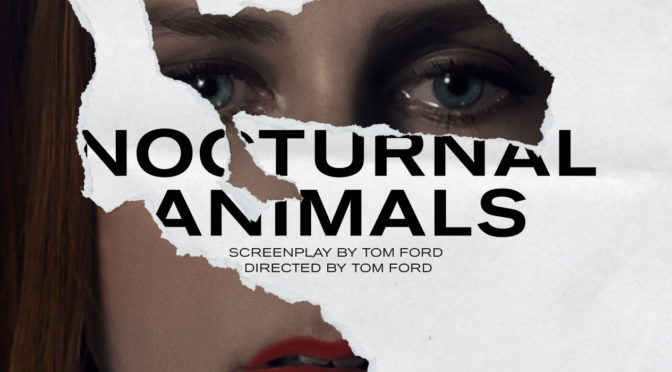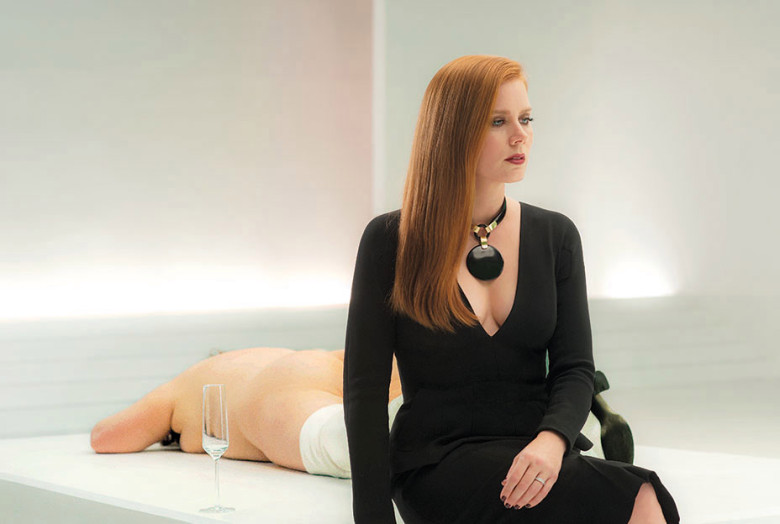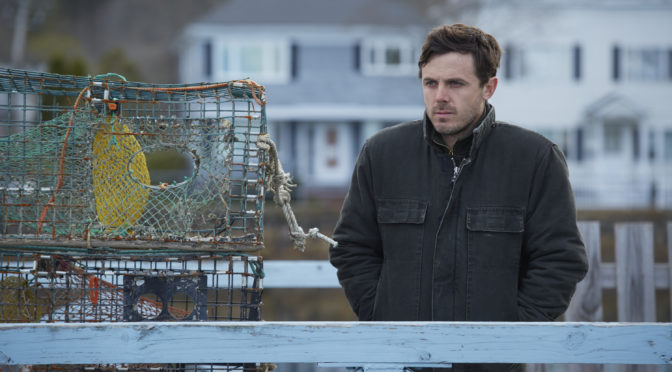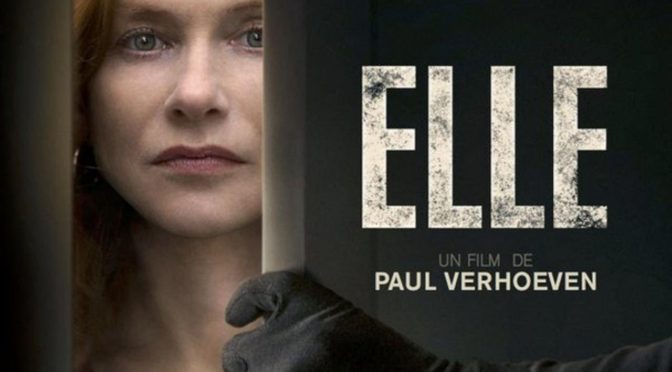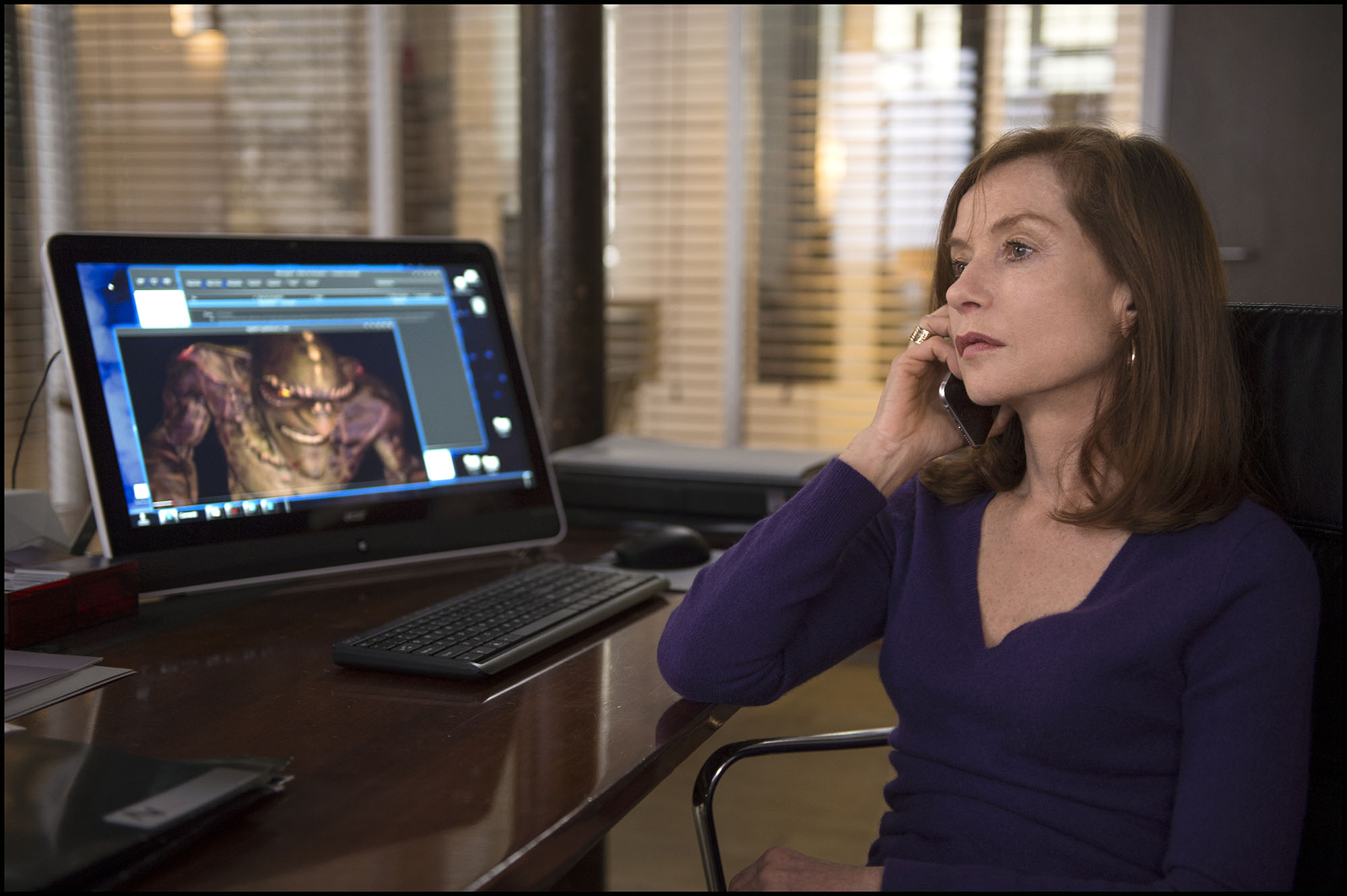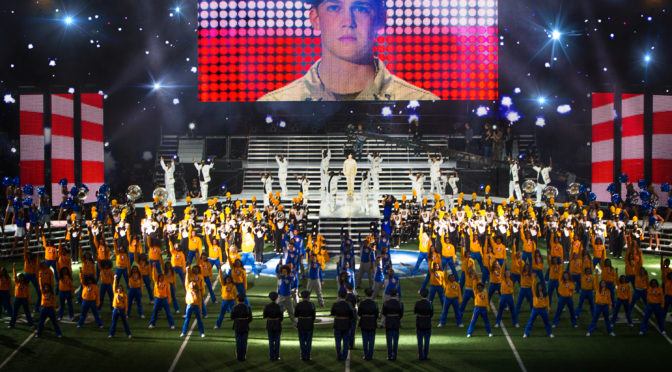If film festivals can be epitomized, then The Hollars is Sundance in a nutshell. John Krasinski (The Office) directs and stars as John Hollar, a New York City office worker making a graphic novel in his spare time. He lives with his pregnant girlfriend Rebecca (Anna Kendrick; Pitch Perfect) until he finds out his mother Sally (Margo Martindale; Million Dollar Baby) has a brain tumor and needs surgery, requiring him to go back home for the first time in years. He returns to find that many things have changed and that his mother’s health isn’t the only problem his family faces.
Despite a talented cast, the performances are unrefined. Each actor is committed to their part and goes through the required motions, but the acting lacks precision. The cast needed more takes or a more demanding director to push them beyond their initial efforts. Particularly bad is the otherwise talented Sharlto Copley (District 9) as the divorced older brother who now lives with his parents. His acting is overly eccentric and his accent is distracting. Many foreign actors are able to imitate an American accent without notice, but Copley’s South African intonations are jarring when compared to his supposed family. The exception to this is the female cast. Martindale is captivating as the stern but caring matriarch. Her tough love is often hilarious and its clear why she is at the center of the family. Kendrick shines as well in her limited role. She manages to gently push John to move forward with his life without falling into the trap of becoming the whiny girlfriend character. Martindale’s and Kendrick’s acting is welcome, but it only puts their co-star’s shortcomings in further relief.
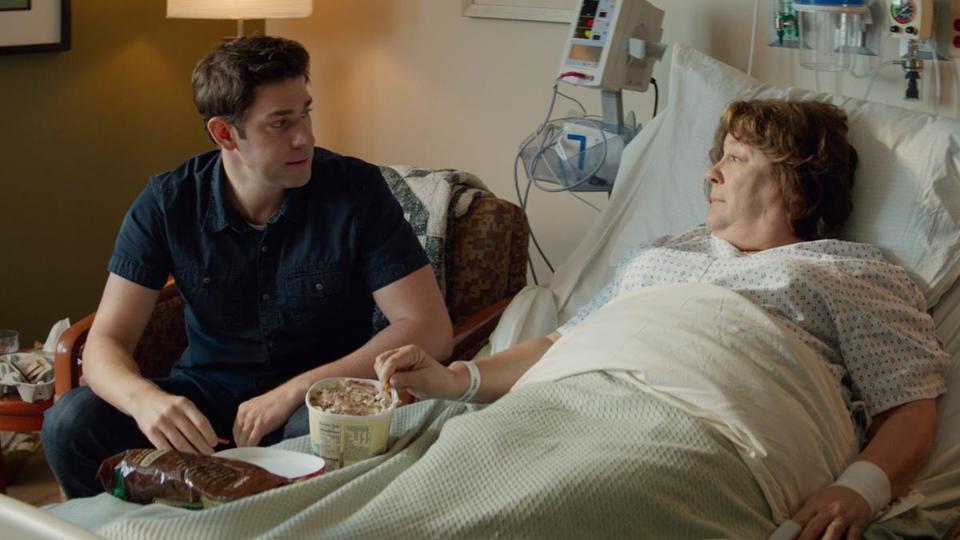
The film checks off a list of tropes from festival darlings of the past 15 years. Almost every story beat or production choice can be guessed beforehand. The main character is stuck in a rut living in a big city, they feel like a stranger in their own hometown, and every character has been dusted in a healthy helping of quirk. Even the soundtrack follows the Sundance manual by only featuring tracks by indie folk singers. Movies like Garden State have already employed many of these features and Krasinski doesn’t attempt to grow beyond them.
There is an old saying that “you can’t go home again”, meaning that your memories of a place or time are static and will never match up to your new experiences if you try to revisit them. John’s trip home shows him how much his family’s situation has changed. The people he is close to have moved on with their lives, often to worse outcomes, while he was living in a vacuum, delaying change and avoiding risk. He hasn’t taken the next steps with his graphic novel or advanced his relationship with his longtime girlfriend because of his fear of failure. In many ways, this concept applies to the filmmakers themselves. Instead of attempting something original, they returned to a formula they knew. By strictly treading on common ground, The Hollars is an agreeable but forgettable comedic drama, barely distinguishable from its peers.

2/5 stars.
